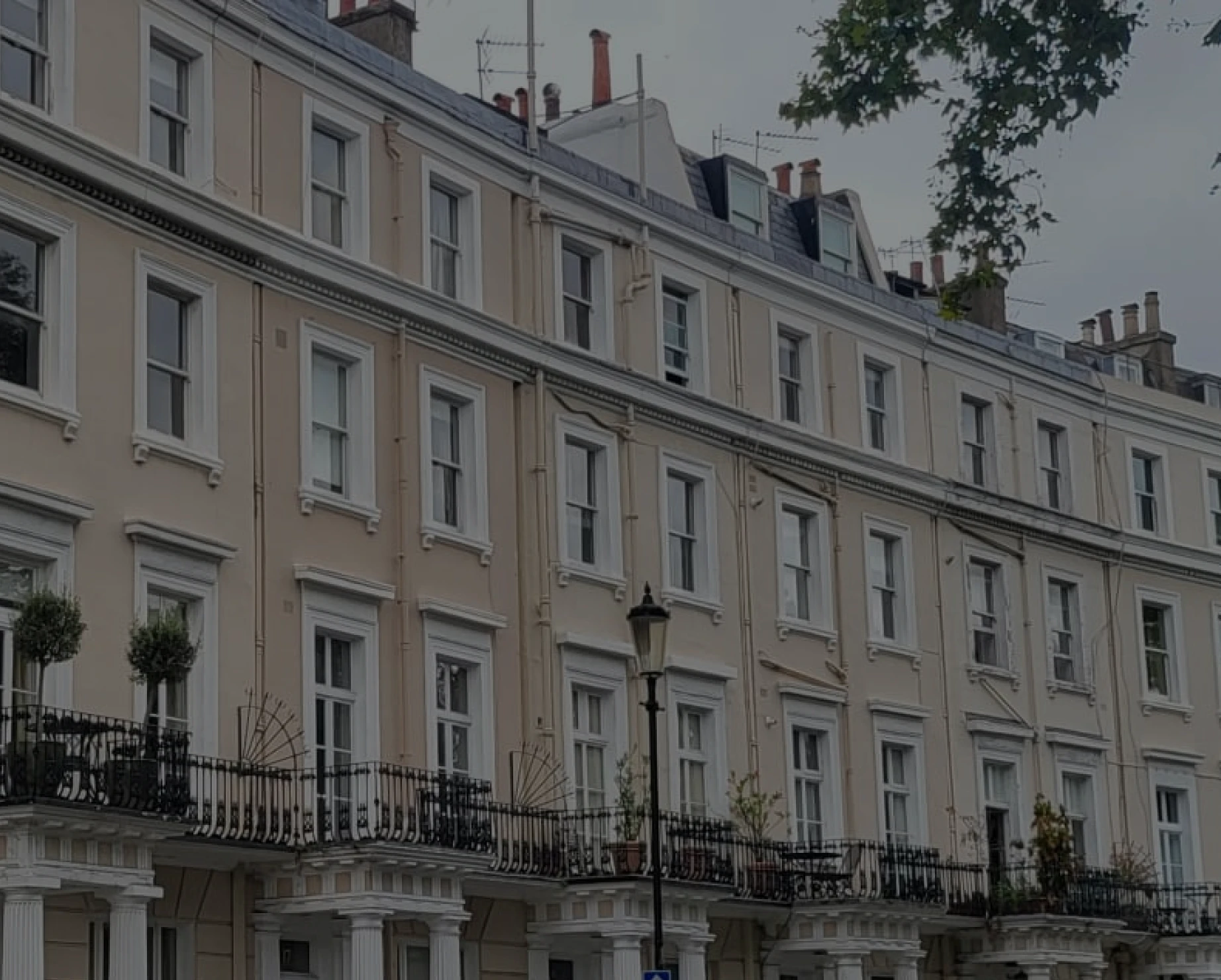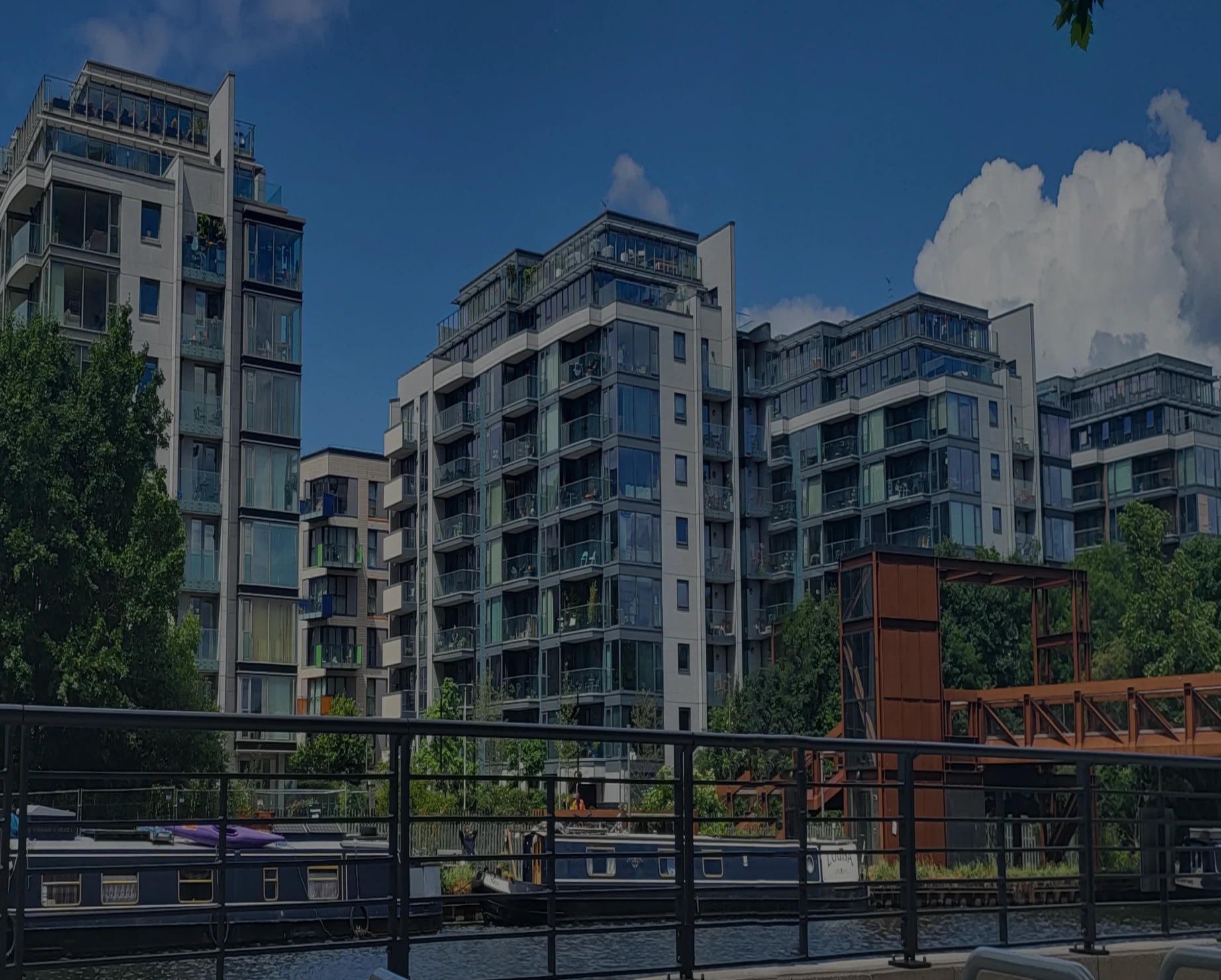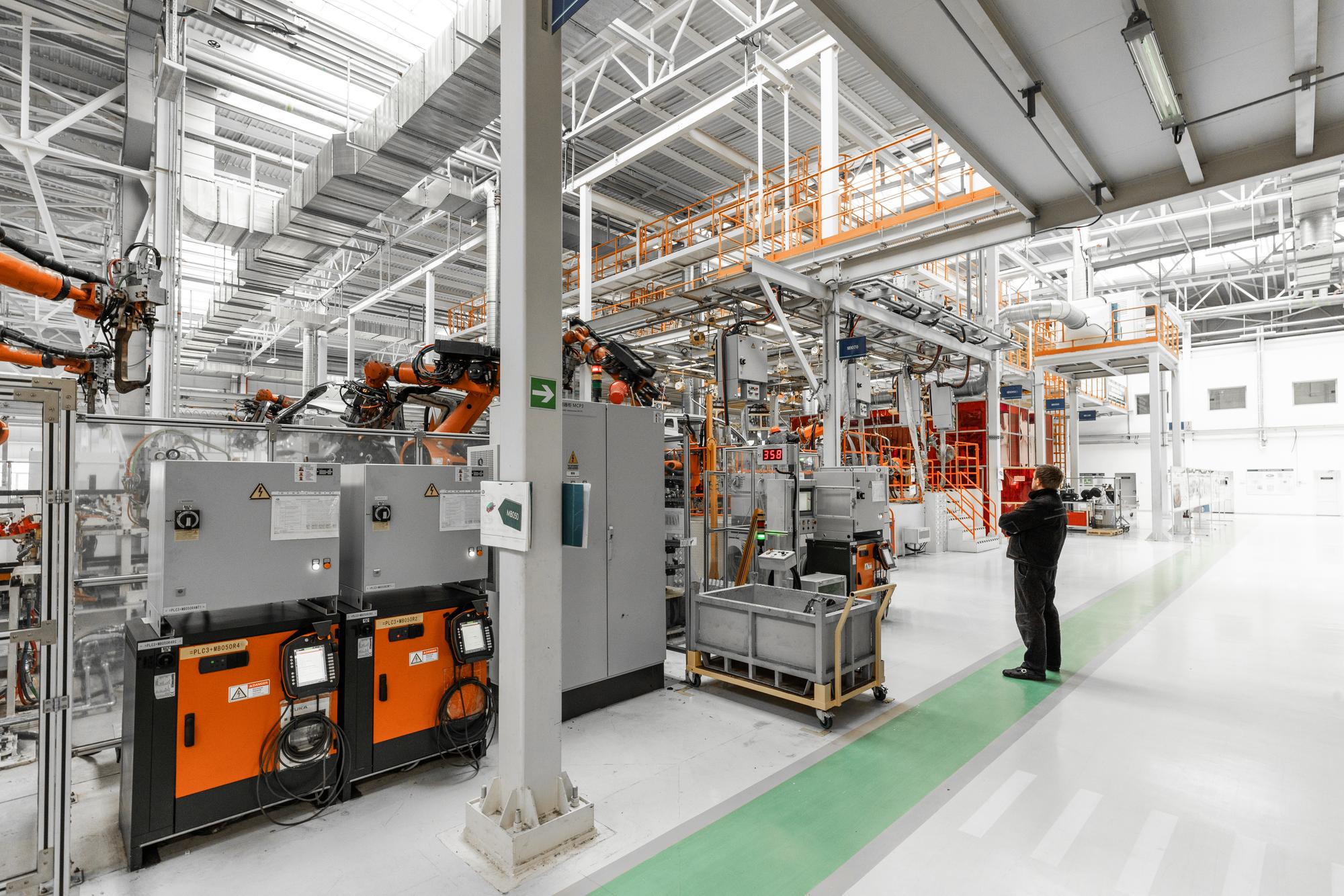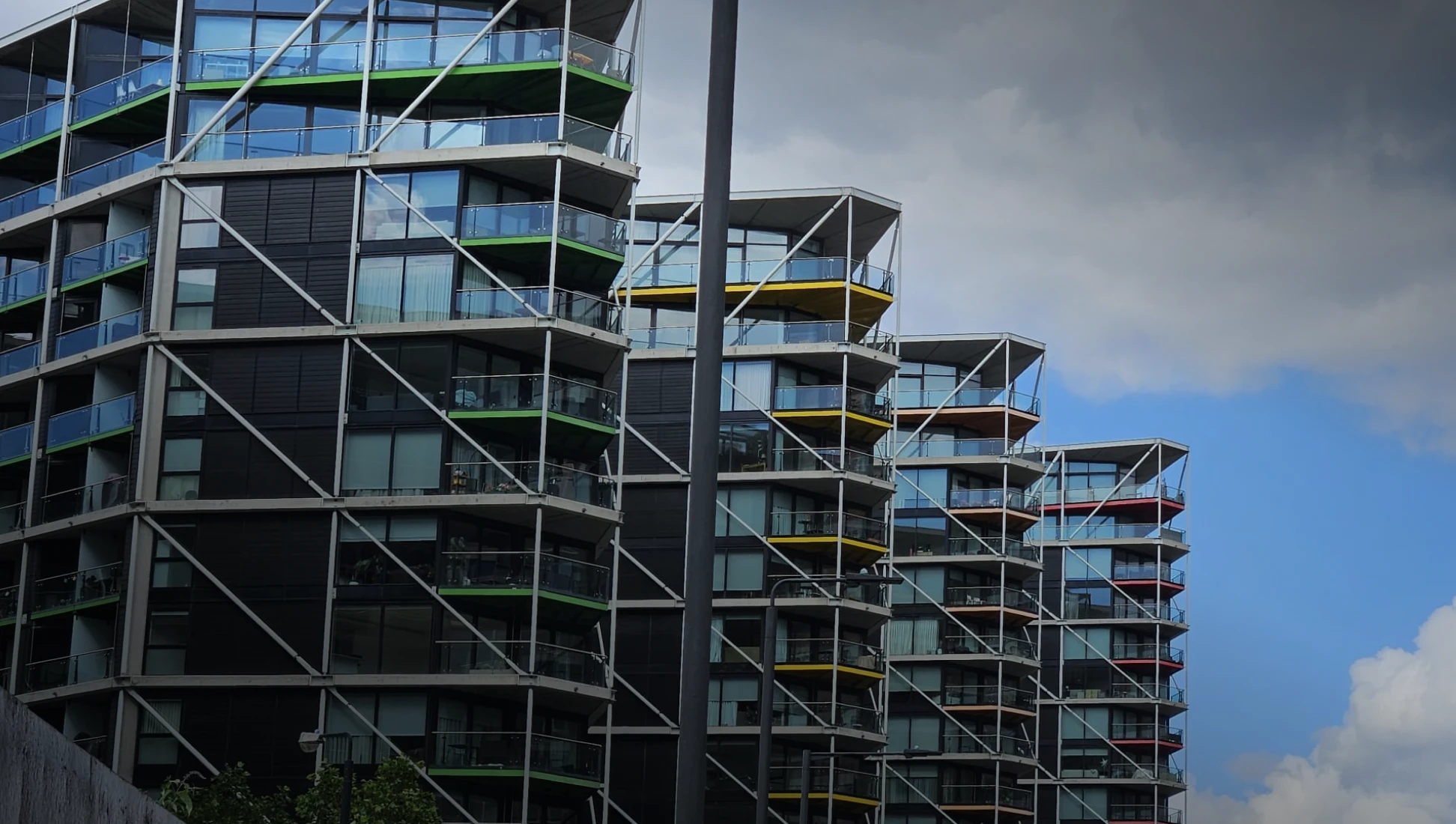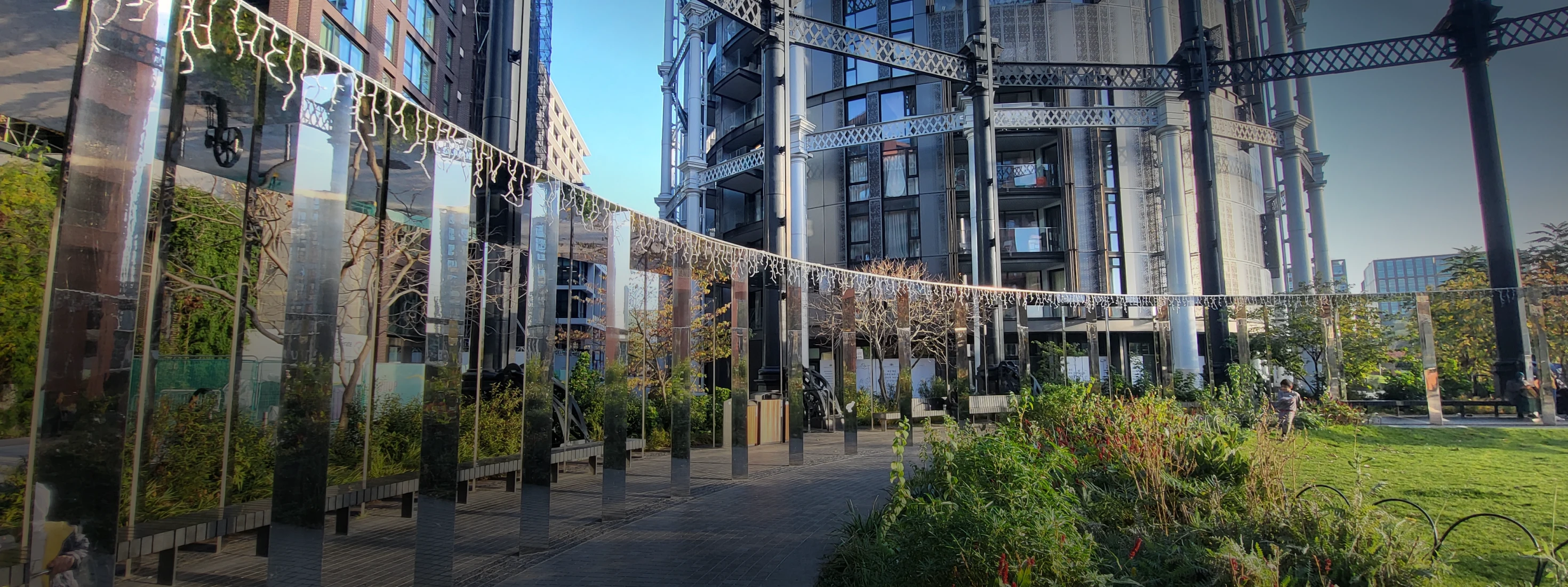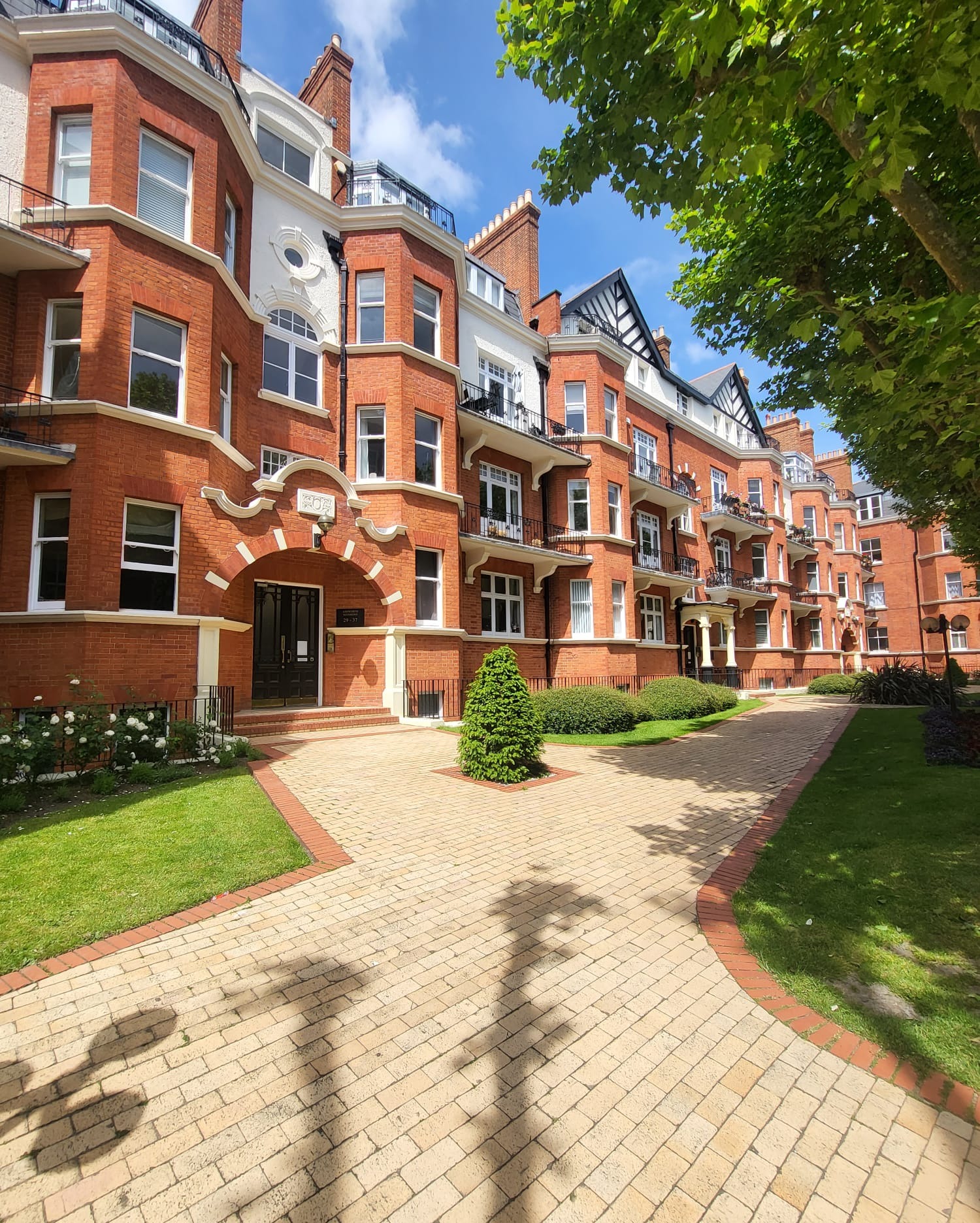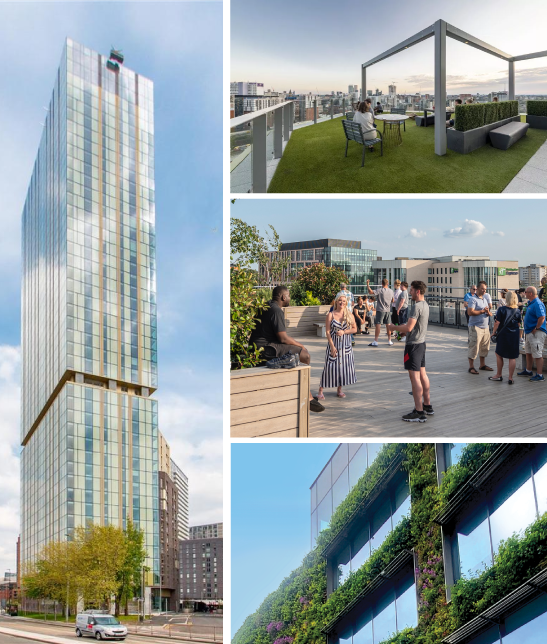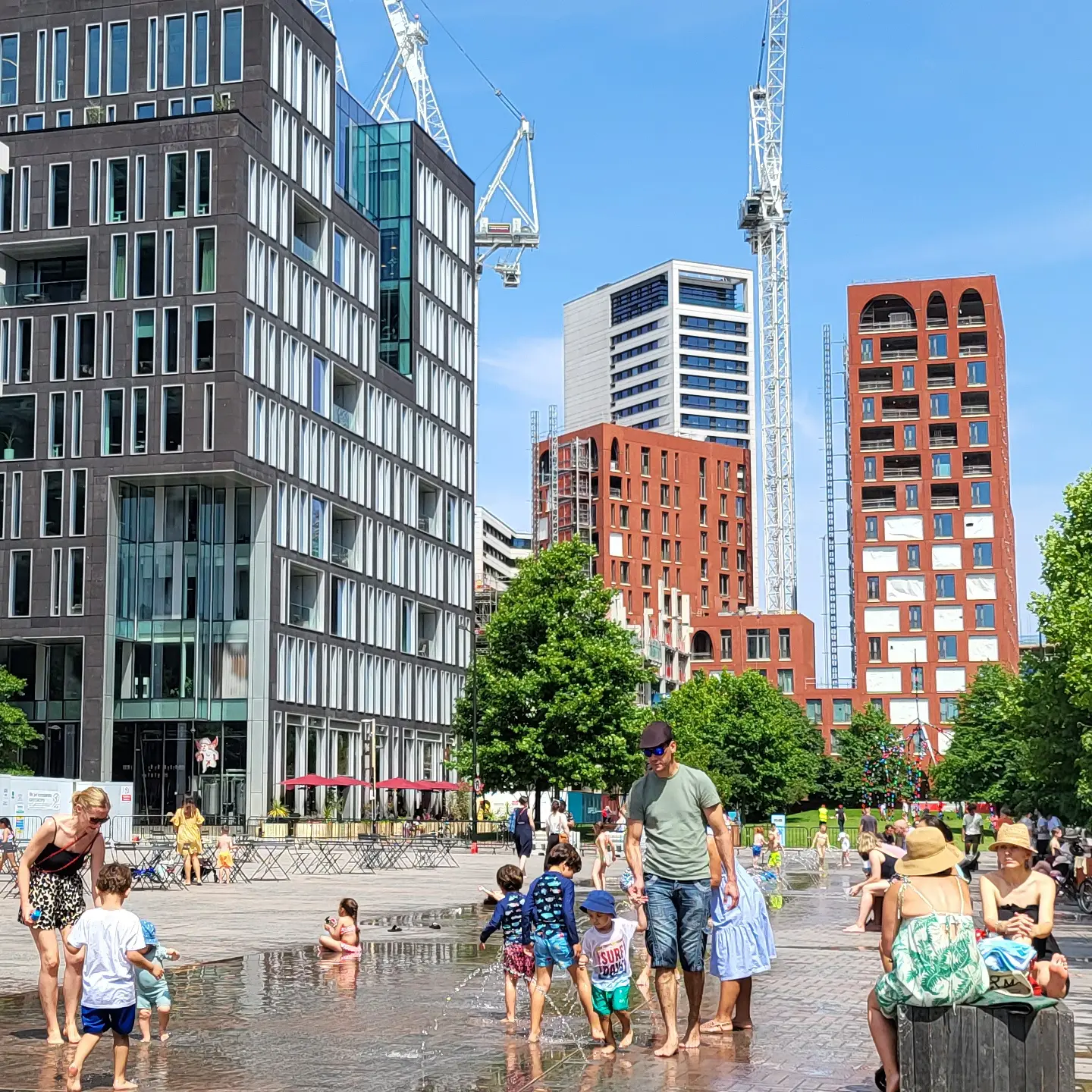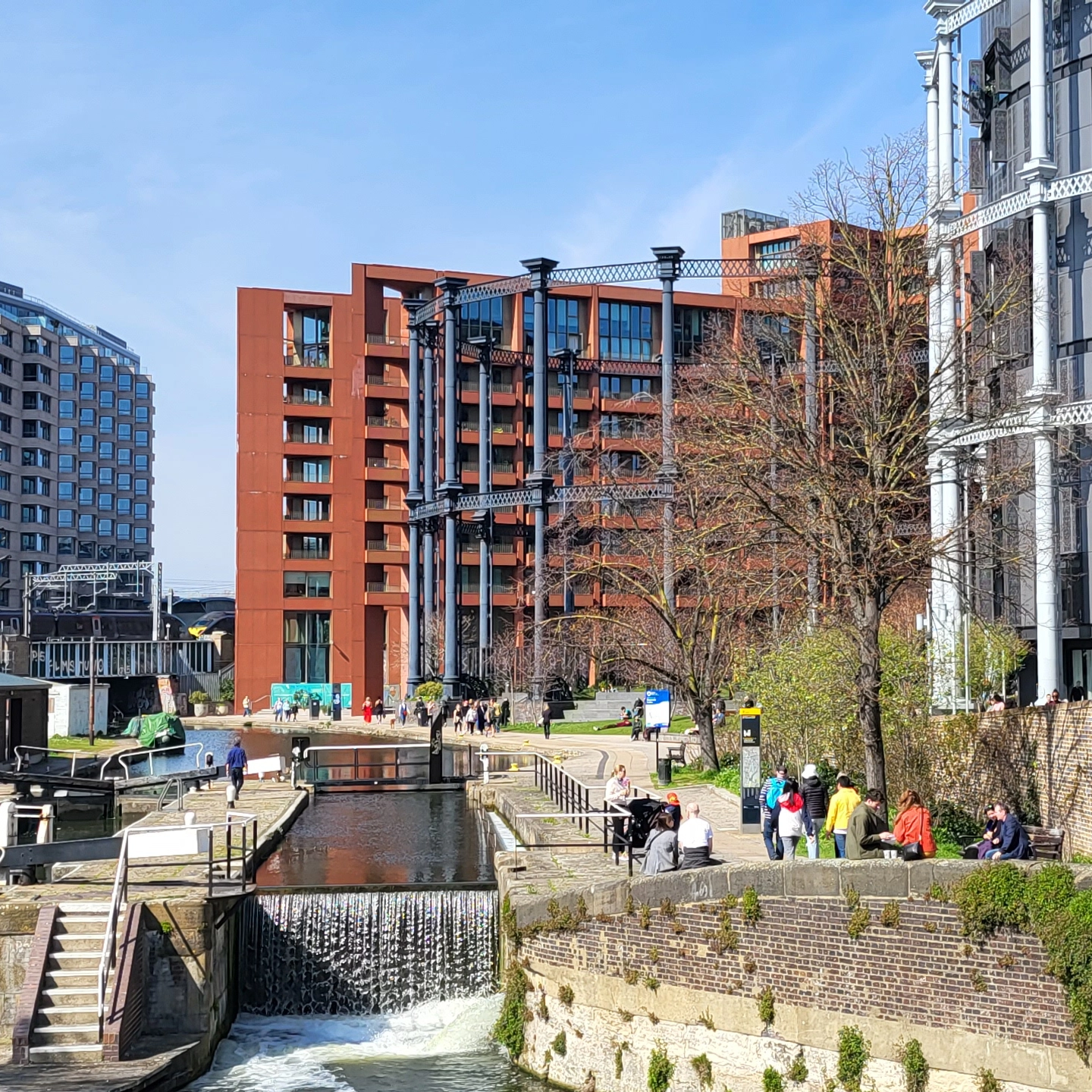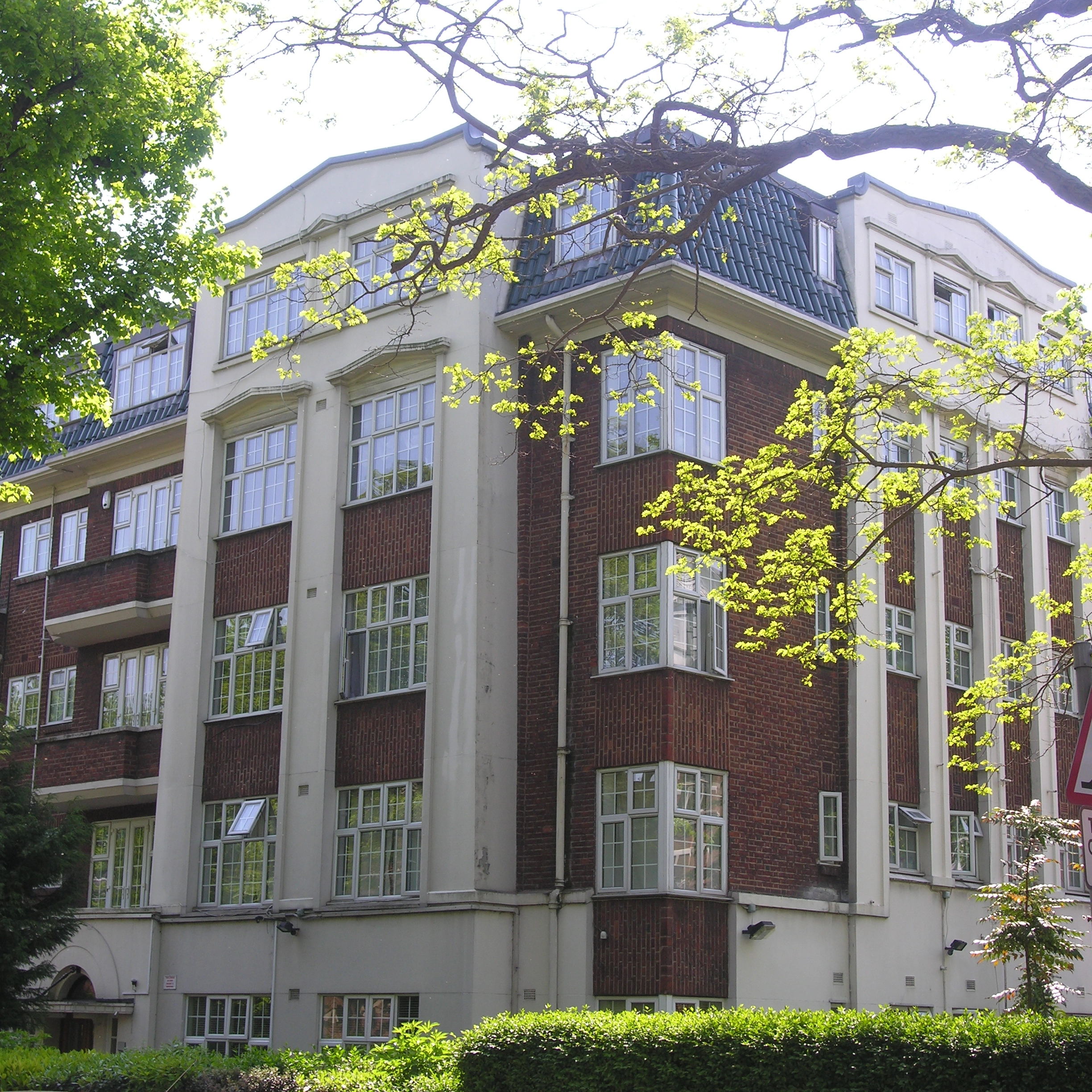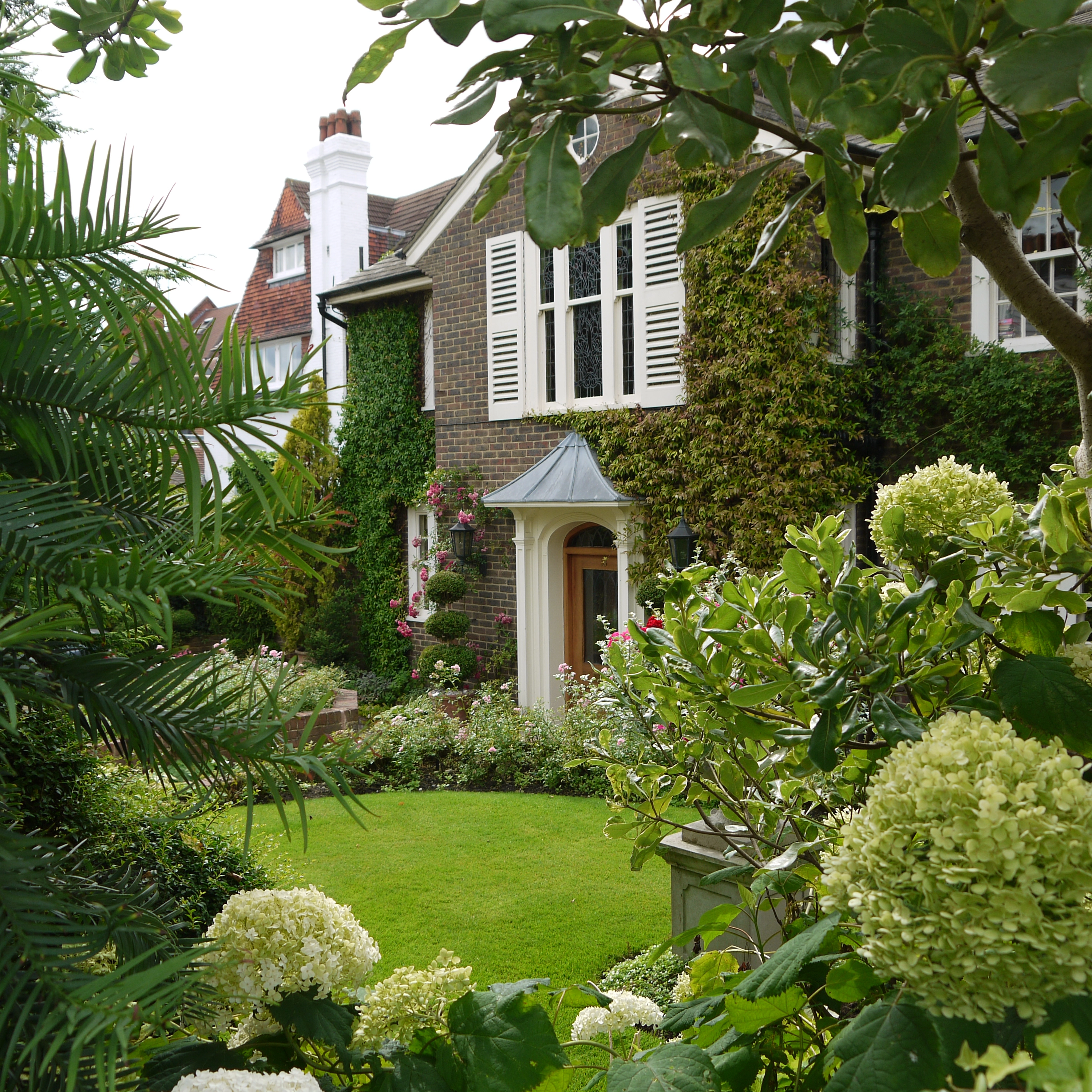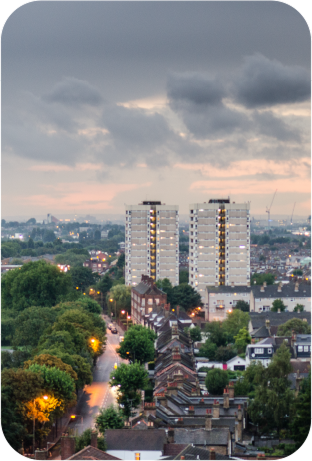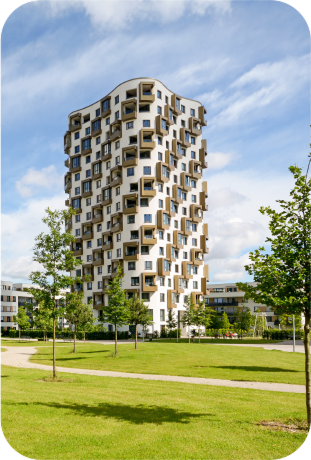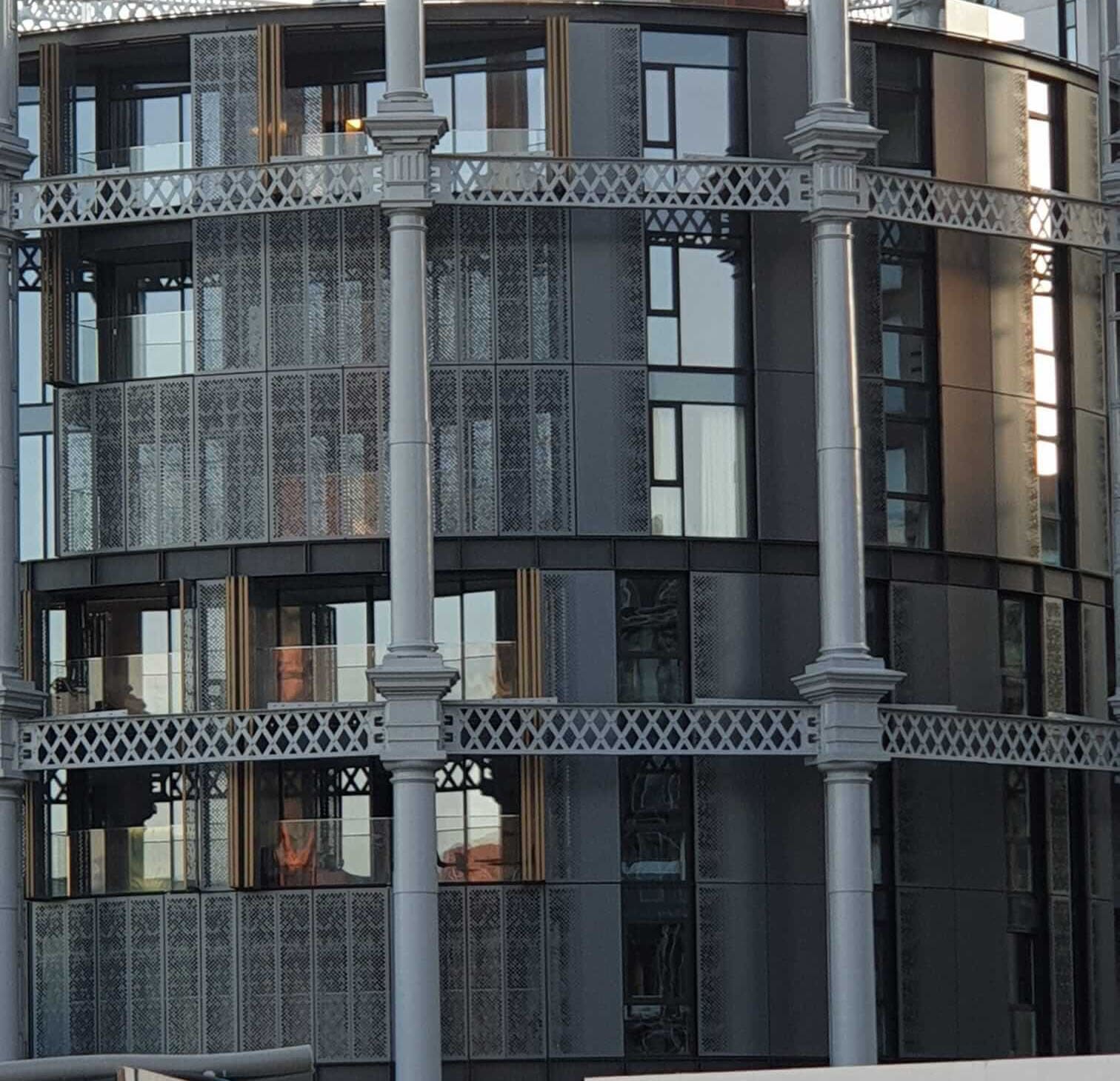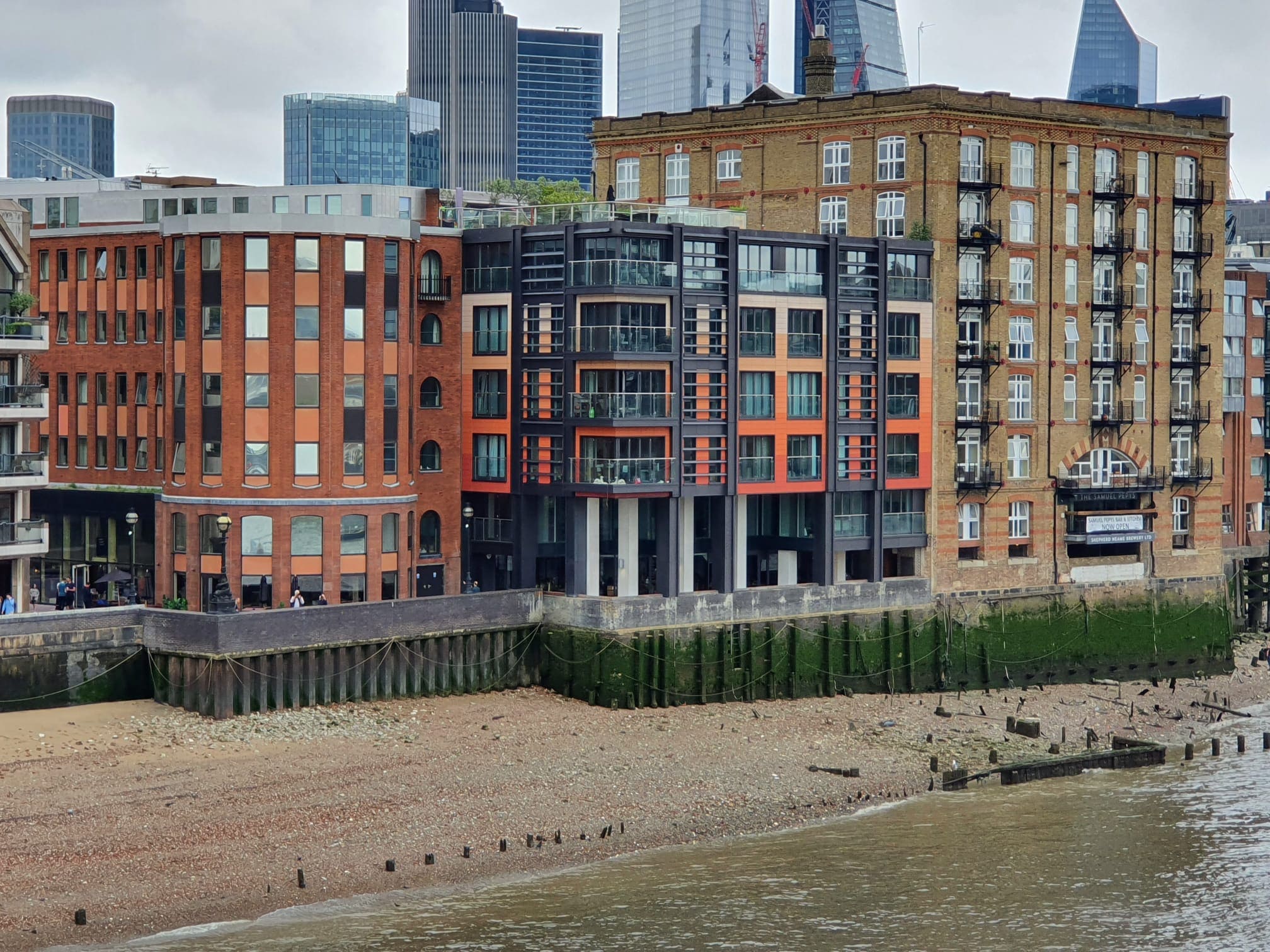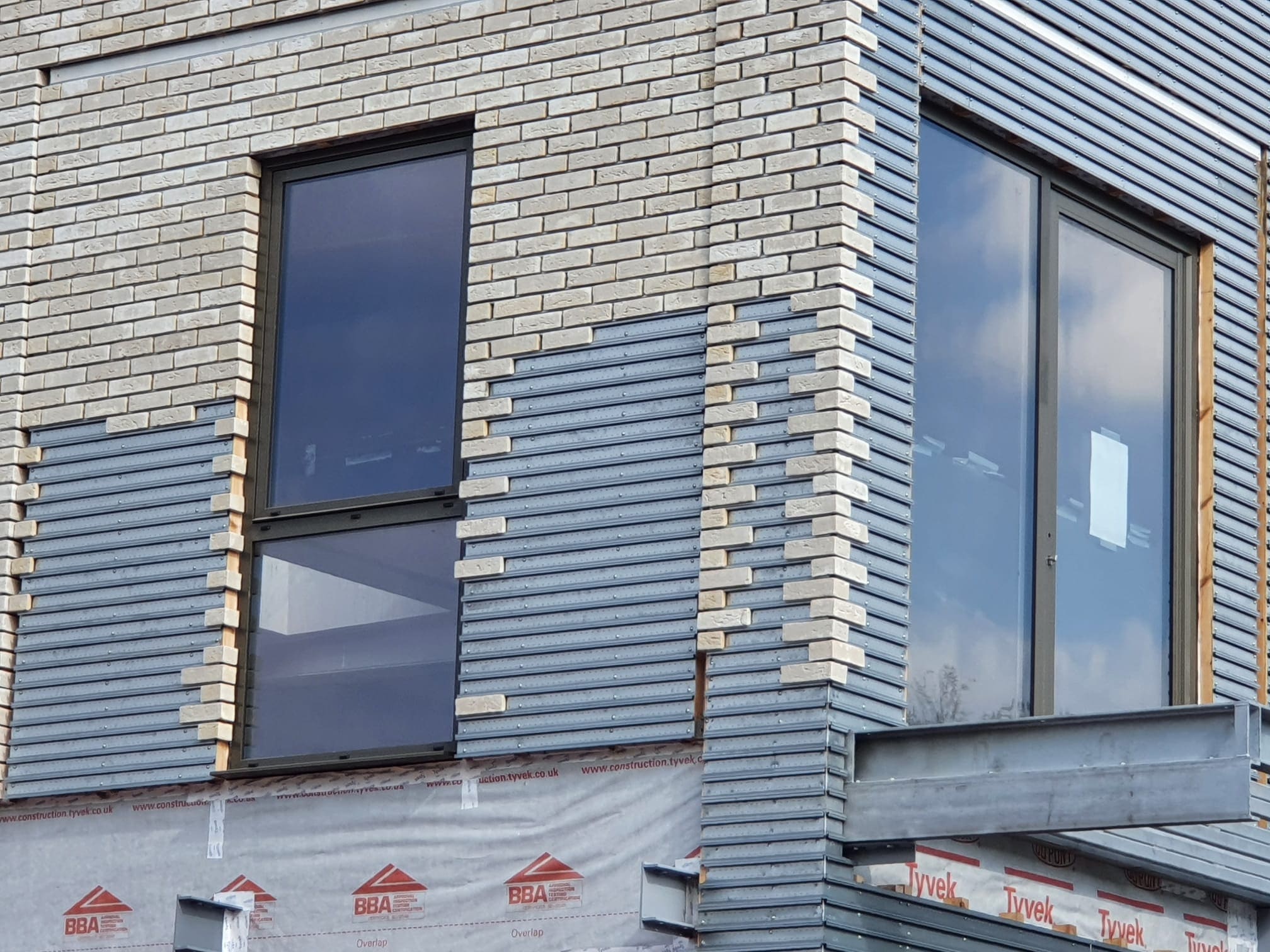Great Portland Street, located in the West End of London in the borough of Westminster, is a vibrant and historic thoroughfare situated just 1.6 miles from the city center. The street's name originates from the marriage of estate owner Margaret Cavendish Harley to the second Duke of Portland. In the 1820s and 1830s, Great Portland Street became a cultural hub, with the famous composer Felix Mendelssohn staying there during his visits to London, residing at the home of a German iron merchant. By the late 19th century, the street was home to many artist's and sculptors' studios, and its shops primarily sold pictures and sheet music. In 1893, Henry J. Ryman opened his first stationery store on Great Portland Street, a store that still operates today.
The development of Great Portland Street was also influenced by transportation advancements. In 1863, the opening of Portland Road station marked the arrival of the world’s first underground railway, the Metropolitan Line. The station was renamed Great Portland Street in 1917 during the reign of George V and underwent significant rebuilding between 1929 and 1930. Today, the station serves three major lines: the Metropolitan, Hammersmith & City, and Circle Lines. It is a Grade II listed building, reflecting its historical significance. After World War I, the area became known for its car showrooms, but by the mid-20th century, these were replaced by fashion wholesalers and office furnishers. One notable car-related business, the Retail Motor Industry Federation, remains on the street today. In 1932, the BBC Broadcasting House was established at Portland Place, and by the 1960s, the BBC had expanded along Great Portland Street. The street has undergone extensive changes but has retained much of its Edwardian and Victorian charm, with conservation efforts in place to protect its historic character. Today, Great Portland Street continues to thrive as a cosmopolitan district in Fitzrovia, offering a unique blend of history, culture, and modern amenities.






